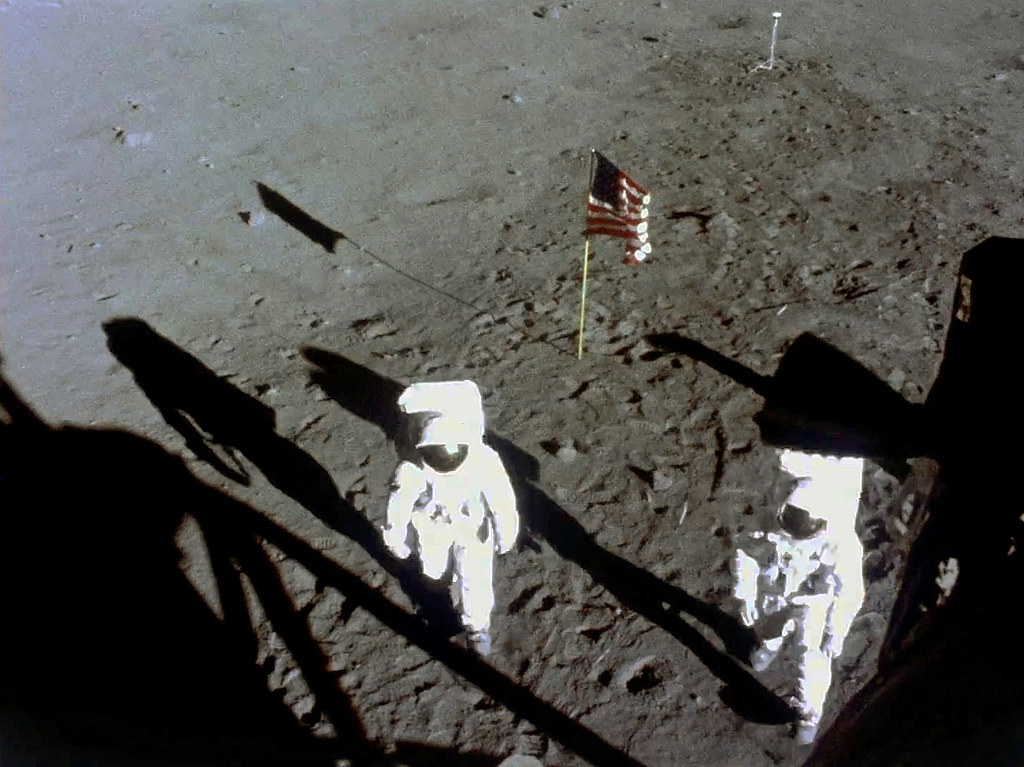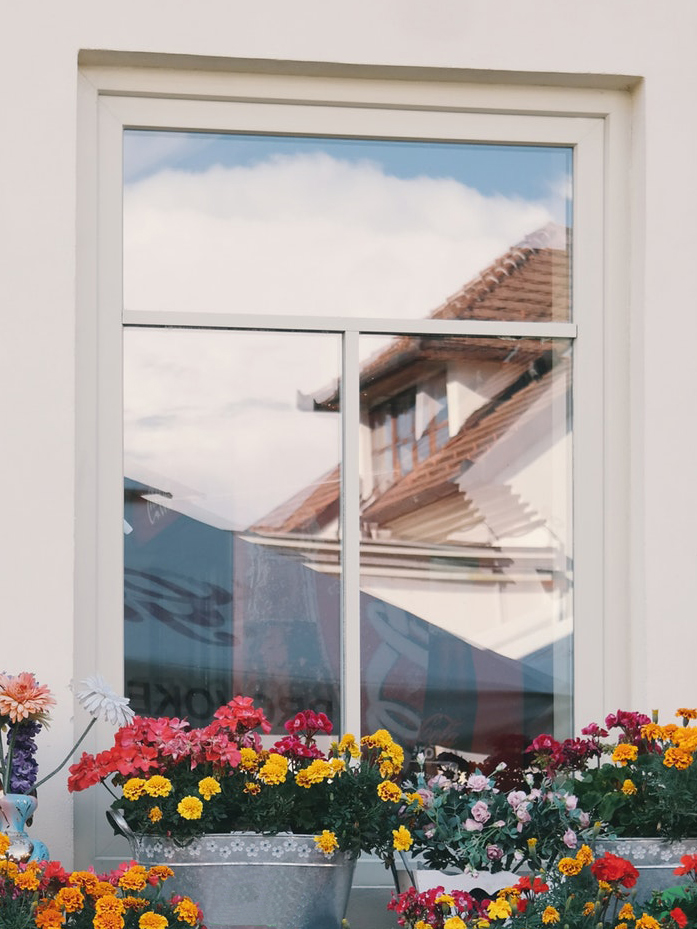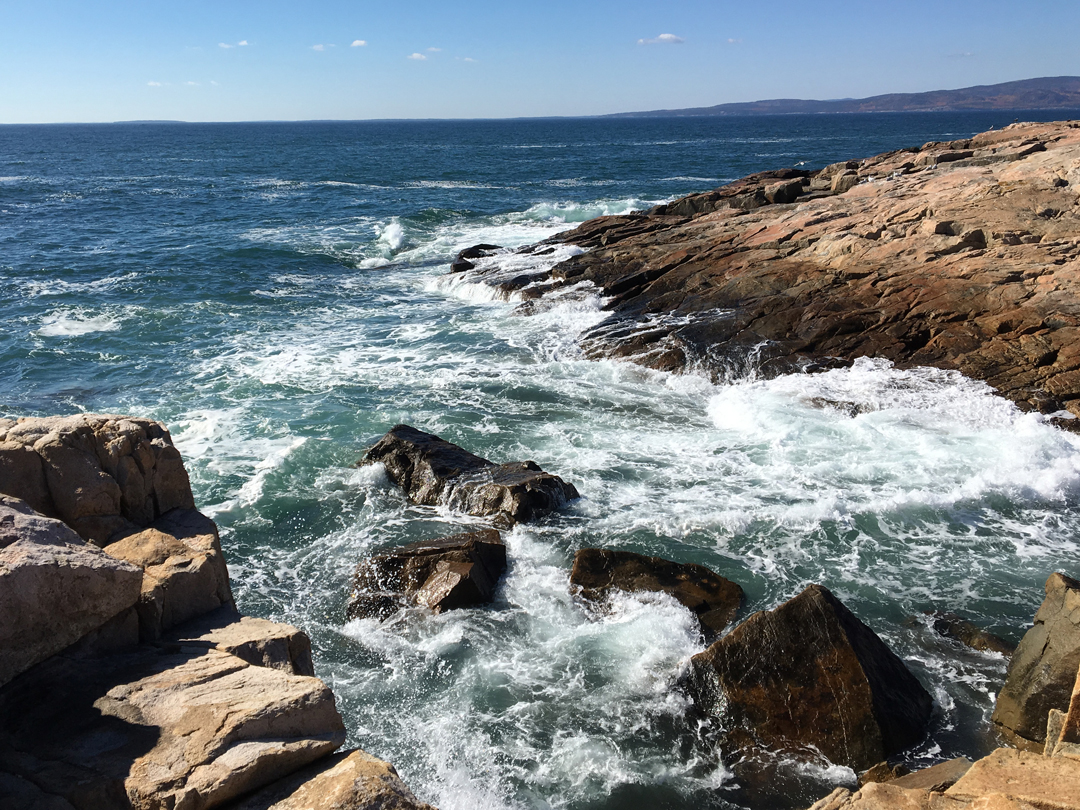Water wants to keep going until it gets to the ocean. It’s often in a furious hurry and does not tolerate anything in its way, as anyone who has survived a flood knows.
Water is hard
For something you can slide your whole body into, it’s surprisingly solid if you approach it too fast, as anyone who’s ever flubbed a dive can attest. It can be pushed against, as in propelling a canoe with a paddle. And it can push, as in turning the paddles of a water wheel.
Water has Energy
The impressive force of moving water is a non-polluting, renewable source of energy in use by humans for thousands of years. The US has been generating electricity from flowing water since a Michigan furniture company used a water turbine to power factory lighting in 1880. According to this article on the US Energy Administration web site, “In 2018, hydroelectricity accounted for about 7% of total US utility-scale electricity generation and 41% of total utility-scale electricity generation from renewable energy sources.”
Storage Hydropower
First to come to mind upon hearing the word “hydropower” are the large hydroelectric dams built on major rivers, where water is stored in a reservoir for total control of the rate of release. Second is their environmental impacts: creating lakes were there were none, changing the quality of water flow downstream, and blocking the migration of fish.
Mitigating environmental impacts is not in the scope of this article. Neither are the licensing, politics, policies, economics, management, and distribution issues surrounding constructing and running small and large hydro energy systems across the globe. Here we are simply admiring the many ways humans have configured to harness energy from water. Some have been established and operating for a long time, and some are early iterations currently being field-tested. All are ingenious and worthy of recognition.
Pumped Storage
A pumped storage system is one where water stored in an upper reservoir, and allowed to move through turbines to a lower reservoir when needed, then pumped back up to the first reservoir to go again. The system takes some of the generated electricity during times of low demand to pump the water back to the upper reservoir.
Run-of-River
A less disruptive design is a streaming system known as run-of-river hydropower. They are ideally located where there is a year-round flow of water and a steep slope, such as a mountain creek. A much smaller geographical area is disrupted because a large dam and permanent lake are not constructed. Instead, a portion of the water is diverted off to the side and down a tunnel to the turbine. After pushing past the turbine blades, the water re-joins the river current further downstream.
The scale of operations is smaller than the large dams, they can be located closer to where the resulting electricity will be used, and fish migration is not blocked. However, even this seemingly benign set-up can be disruptive to the fragile eco-system of a mountain creek because of access roads, transmission lines, and changes in water temperature and flow rates.
On an even smaller scale, the electricity needs of a single home can be met by a turbine in a nearby stream as long as it runs year-round and has enough of an elevation drop.
Instream Energy Generation
The mechanical power source for grinding grain, milling wood and making cider, traditional waterwheels are now being used for electricity generation. They don’t need a significant change in elevation or a reservoir, just a strong water current. Waterwheels can also be attractive and are mesmerizing to watch.
Conduit Hydropower Generators
Another version of streaming hydropower is making better use of what we have already built; one of those forehead-slapping-obvious ideas that make total sense. Water traveling through decreasing diameter pipes, as from a reservoir, builds up pressure that is relieved by pressure-reducing valves. If a turbine is put in place of the valve, the pressure can be used to generate electricity.
This solution can work on small and large pipes and does not create any additional impact on the environment. It is making use of energy that is already there and would otherwise be wasted.
Soar Hydropower’s website, https://soarhydro.com/, has a good explanation of how this works accompanied by informative illustrations. (Disclaimer: just appreciating their communications; I have no connection with them, or the company mentioned below.)
Another company, Lucid Energy (lucidenergy.com), is installing specially designed turbines inside of existing pipes, to turn generators on the outside of the pipes, to convert the energy of the flow to electricity. They claim it does not interfere with water delivery.
Tidal Energy
Humans have been taking advantage of the predictable ebb and flow of the tides since ancient times. A dam built across a tidal inlet that allows an area to fill with water as the tide comes in. The captured water is then let back out, passing through a waterwheel or paddles, providing mechanical energy to a mill for a few hours each day.
Modern barrage systems use turbines to generate electricity. The environmental impact is high as it completely disrupts the eco-system of a tidal inlet or estuary the dam or barrage spans. Less disruptive tidal lagoon systems only partially blocked inlets, where the wall is so low it is submerged at high tide. Fish and animals can navigate around the barrier.
Other systems use both the incoming and outgoing currents to spin turbines placed in tidal streams.
Wave Energy
Ocean waves are another constant and forceful source of moving water. Engineers are exploring different systems, from harnessing the up and down movement of the surface, to having the onslaught of wave action toward the shore fill a reservoir to power turbines upon release back into the sea. The potential is huge. The tasks are finding something economically feasible and determining the as yet unknown environmental impacts.
Thermal Conversion
Lastly, we have to mention another mind-blowing way to harness energy from water, and it comes with a bonus.
In tropical seas, the surface water is a great deal warmer than the deep water. In a thermal conversion system, the warm water is run through an evaporator, so the resulting water vapor can power a turbine to generate electricity. The water vapor is then cooled in a condenser by cold deep water, resulting in a bonus of collectible desalinated water. There is a successful test facility in Hawaii run by The Natural Energy Laboratory of Hawaii Authority.
Water covers over seventy percent of the planet.
Very briefly mentioned here are eight different ways to harness its energy. Environmental concerns need to be addressed, and testing will lead to more iterations. It is encouraging and exciting that engineers everywhere are innovating with this resource and that they will successfully contribute to reducing the world’s reliance on fossil fuels.
Sources:
US Energy Information Administration
https://www.eia.gov/energyexplained/index.php?page=hydropower_home
Union of Concerned Scientists: Environmental Impacts of Hydroelectric Power
https://www.ucsusa.org/clean_energy/our-energy-choices/renewable-energy/environmental-impacts-hydroelectric-power.html
Energy BC: Run of River Power
http://www.energybc.ca/runofriver.html
WhyHydroPower.com: Environmental Considerations, Contrasting Reservoir and Streaming Hydropower
http://www.whyhydropower.com/HydroTour3d.html
British-Hydro.org: Types of Hydro Generation
http://www.british-hydro.org/types-of-hydro/
Tidal Electric, Inc: History of Tidal Power
http://www.tidalelectric.com/history-of-tidal-power
National Geographic.org: Resource Library, Encyclopedic Entry: Tidal Energy
https://www.nationalgeographic.org/encyclopedia/tidal-energy/





